1/5
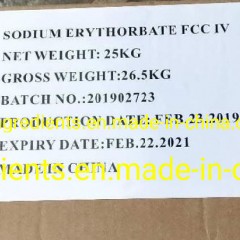



Sodium Erythorbate E316 CAS. No. 6381-77-7
$3.00 / Ton
- FOB Price:
- Negotiable | Get Latest Price
- Order Quantity:
- 1 Set / Sets
- Supply Ability:
- 1000 Set / Sets per Month
- Port:
- shanghai
- Payment Terms:
- T/T L/C D/P D/A Credit Card PayPal Cash Escrow Other
- Delivery Detail:
- 5 days
Hot in store
-

Calcium Propionate E282 CAS No. 4075-81-
$1.40 -

Sodium Benzoate Powder CAS No. 532-32-1
$1.80 -

Xanthan Gum 80mesh CAS. No. 11138-66-2 X
$3.80 -
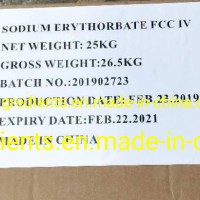
Sodium Erythorbate E316 CAS. No. 6381-77
$3.00 -
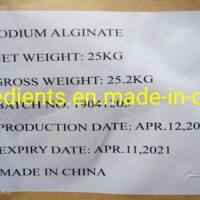
Sodium Alginate CAS. No. 9005-38-3 E401
$15.00 -
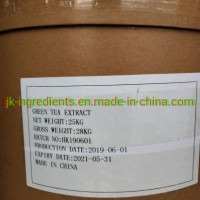
Green Tea Extract Camellia Sinensis O. K
$40.00 -

Maleic Anhydride with Good Price
$3.00 -

Triacetin CAS No. 102-76-1 Glycerol Tria
$6.00
Product Details
Product Name: Sodium Erythorbate E316 CAS. No. 6381-77-7 Model NO.: E316 Resource: Chemosynthesis Type: Food Shelf Life: >12 Months Storage Method: Normal Packaging Material: Paper EINECS: 228-973-9 Formula: C6h7 Nao6.H2O CAS No.: 6381-77-7 Store: Kept in a Light-Proof, Well-Closed, Dry and Cool P En. No.: E316 Molecular Weight: 216.12 Trademark: JK Transport Package: 25kg/Caron Specification: FCC Origin: China HS Code: 293220 Product Description Sodium ErythorbateDescription:CAS NO: 6381-77-7Other Name: Sodium D-isoascorbate, Erythorbic acid, d-sodium erythorbateEINECS: 228-973-9Molecular Formula: C6H7NaO6Molecular weight: 198.1059Sodium Erythorbate is White or slightly yellow white crystal granular or powder, odorless, has little salt odor, the melting point is over 200º C, it is rather stable when exposed to the air in drying condition, but in the water solution, when there is air, metal, heat and light, the oxidation, when there is air, metal, heat and light, the oxidation will occur. It easily dissolves in water, 16g/mlat normal temperature, hardly dissolves in ethanol, the PHvalue of 5% water solution is 5.5-8.0Application:Sodium Erythorbate is mainly used in food industry as food antioxidant, also used in steel industry, petrochemical industry, medication indusstry and cosmetic industry.Packing:25kg/carton or 25kg/bag, 20mts on pallet/20'gp; 22 mts without pallet/20'gpUse:1) keep the color, natural flavor of foods and lengthen its storage without any toxic and side effects.2) they are used in meat processing, fruits, vegetable, tin and jam etc.3) they are used in drinks, such as beer, grape wine, soft drink, fruit tea and fruit juice etc.CharacteristicsWhite ODORLESS, crystalLINE POWDER OR GRANULESidentificationPositive reactionCONTENT98.0~100.5%specific rotation+95.5° ~+ 98.0°Heavy metals As Pb≤10PPMloss on drying≤0.25%ph5.5~8.0OXALATESPASS TESTLEad Pb≤5ppmAs≤3ppmClarityPass TestMercury≤1ppmGMOFreeSodium erythorbate Basic informationIdentification testContent analysisToxicityUsage limitStandard for Allowable Maximum Residue and Maximal amount of Food AdditivesChemical propertiesUsesPreparationProduct Name:Sodium erythorbateSynonyms:kanghuaixuesuanna;sodium D-isoascorbate,erythorbic acid;neo-cebitate;ozoban;sodiumd-erythro-3-oxohexonatelactone;sodiumenolatemonohydrate;ISOASCORBIC ACID SODIUM SALT;ERYTHORBIC ACID SODIUM SALTCAS:6381-77-7MF:C6H7NaO6MW:198.11EINECS:228-973-9Product Categories:Antioxidant;Biochemistry;Vitamin Derivatives;Vitamins;Food additive;InhibitorsMol File:6381-77-7.molSodium erythorbate Chemical PropertiesMelting point154-164°C (decomposes)alpha97 º (c=1,DMF)refractive index97 ° (C=10, H2O)formsolidCAS Database Reference6381-77-7(CAS Database Reference)EPA Substance Registry SystemSodium erythorbate (6381-77-7)Safety InformationRTECSMP8910000Hazardous Substances Data6381-77-7(Hazardous Substances Data)MSDS InformationProviderLanguageD-Sodium isoascorbiateEnglishSodium erythorbate Usage And SynthesisIdentification testSolubility: it is easily soluble in water; extremely difficult to dissolve in ethanol. It can be measured according to the OT-42 method.Take 2 ml of 2.0% sample solution; add 2 mL of water, 0.1 g sodium bicarbonate and 0.02 g of ferrous sulfate. Stand after shaking. At this time, it should exhibit dark purple color while addition of 5 mL of dilute sulfuric acid test solution (TS-241) will make the color disappeared.The burning residue of the sample was dissolved by the water and subject to (TS-2) acidification, and if necessary, subject to filtration. Addition of uranyl zinc acetate test solution (TS-253) should produce yellow crystalline precipitate.The aqueous solution of the sample allows the discoloration of the 2, 6-dichloroindophenol test solution (TS-84).Content analysis0.400 g of the sample pre-dried in a vacuum desiccator (sulfuric acid) for 24 hours was dissolved in a mixed solution consisting of 100 ml of de-carbonated water and 25 ml of dilute sulfuric acid solution (TS-241). Add a few drops of starch solution (TS-235) and immediately titrate with 0.1mol/L iodine solution titration. Each mL of 0.1 mol/L iodine solution was equivalent to 10.807 mg of sodium erythorbate (C6H7O6Na? H2O).ToxicityADI is not subject to any special provision (FAO/WHO, 2001).LD50} 15.3 g/kg (mouse, orally).Usage limitGB 2760-2001 (g/kg): beer 0.04; wine, fruit and vegetable juice drinks, 0.15. Canned fruits and vegetables, canned meat, jam, frozen fish, 1.0 (all based on ascorbic acid).FAO/WHO (1984): luncheon meat, boiled forelegs, cooked ham, cooked minced meat, 500mg/kg (single usage amount or combined amount with ascorbic acid, ascorbic acid and its salts in ascorbic acid).Standard for Allowable Maximum Residue and Maximal amount of Food AdditivesName of additiveFood allowed to use it as additivesFunction of additivesMaximal allowable usage (g/kg)Sodium IsoascorbateEight-treasure porridgeAnti-oxidants1.0Sodium IsoascorbateSoy sauce, vinegar, sauce, liquid compound seasoningAnti-oxidants1.0Sodium IsoascorbateTea and coffee drinksAnti-oxidants0.5Chemical propertiesIt appears as white to yellow-white crystalline powder or granules. It is almost odorless, slightly salty. In the dry state, it is quite stable in the air. However in solution, it will deteriorate in the presence of air, trace metals, heat and light. The melting point is above 200 ºC (decomposition). It is soluble in water (17g/100m1) but almost insoluble in ethanol. The pH of the 2% aqueous solution was 5.5 to 8.0.UsesIt is antioxidant and antiseptic.Sodium Isoascorbate is a water-soluble antioxidant which is widely used in China and abroad. Its antioxidant property is significantly stronger than vitamin C. Its price is cheap as well. China provides that it can be used for all types of canned, jam and frozen fish with the maximum usage amount of 1.0g/kg; It can be used for meat with the maximum usage amount being 0.5g/kg (to ascorbic acid dollars); can be used for wine and fruit juice drinks with the largest usage amount being 0.15g/kg; can also be used for beer with the maximum usage amount being 0.04g/kg.For food antioxidants, preservatives and coloring agentPreparationIt is produced through using D-glucose fermentation of Pseudomonas fluorescens Kl005 or Arthrobacter globiformis K1022 to produce 2-keto-D-gluconic acid (or calcium salt), followed by being esterified, transformed and refined. The composition of the fermentation medium is: glucose: 18; yeast extract 0.3; K2HPO4 • 3H2O: 0.05; KH2PO4: 0.05; MgSO4 • 7H2O: 0.025,;CaCO:34.5. The fermentation temperature is controlled at 30~35 ºC, the fermentation period is 30h, and the fermentation conversion ratio (%) is 79.9%. The fermentation broth is supplemented with sulfate and activated carbon for acidification and decoloring, followed by pressurized filtrate to obtain the clean liquid with a yield of 96.6%.The purified fermentation broth was concentrated by decompression, and methanol and sulfuric acid were added for refluxed esterification of 5h, followed by frozen and centrifuged filtering to obtain methyl ester with a yield of 82.1%. The methyl ester was transformed with basic methanol solution under refluxing conditions, and the product was further frozen and crystallized to dryness to obtain the crude product of D-isoascorbic acid. The conversion yield was 87.3%, and it was dissolved in hot water and decolorized with activated carbon. The filtrate is pressurized filtrated and the supernatant liquid is frozen, crystallized, centrifugalized, washed and vacuum dried to obtain finished product.The mother liquid is recovered and the yield is 88.0%.Chemical PropertiesWHITE CRYSTALLINE POWDERUsesAntioxidant and preservative.UsesSodium Erythorbate is an antioxidant that is the sodium salt of erythorbic acid. in the dry crystal state it is nonreactive, but in water solution it readily reacts with atmospheric oxygen and other oxidiz- ing agents, a property that makes it valuable as an antioxidant. during preparation, a minimal amount of air should be incorpo- rated and it should be stored at a cool temperature. it has a solubility of 15 g in 100 ml of water at 25°c. on a comparative basis, 1.09 parts of sodium erythorbate are equivalent to 1 part of sodium ascor- bate; 1.23 parts of sodium erythorbate are equivalent to 1 part ery- thorbic acid. it functions to control oxidative color and flavor deterioration in a variety of foods. in meat curing, it controls and accelerates the nitrite curing reaction and maintains the color brightness. it is used in frankfurters, bologna, and cured meats and is occasionally used in beverages, baked goods, and potato salad. it is also termed sodium isoascorbate.General DescriptionAlmost odorless fluffy, white to off-white crystalline powder. Used as an antioxidant and preservative.Air & Water ReactionsWater soluble.Reactivity ProfileSodium erythorbate may be sensitive to prolonged exposure to light. Incompatible with strong oxidizing agents .Fire HazardFlash point data for Sodium erythorbate are not available; however, Sodium erythorbate is probably combustible.Sodium erythorbate Preparation Products And Raw materialsPreparation ProductsL(+)-Ascorbic acid-->D-Isoascorbic acidRaw materialsSodium hydroxide-->Methanol-->D(+)-Glucose-->Starch-->Activated carbon,decolor-->Gluconic acid-->5 KG YEAST EXTRACT SERVABACTERPOWDER-->Zinc silicate-->Calcium oxalate
Contact with Supplier
Recommend product
-
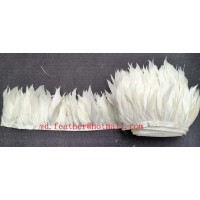
Stripped Soft Goose Fe
$3.00 -
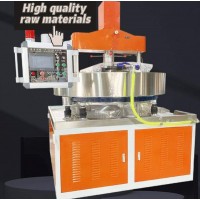
plastic ball grinding
$30000.00 -
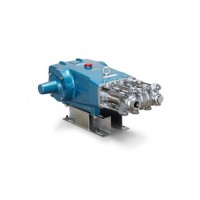
CAT piston pump 281
$4000.00 -
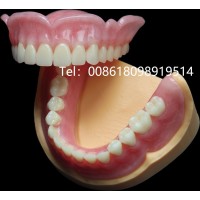
Droichead Zirconia Plu
$10.00 -
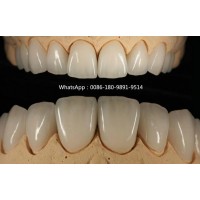
E.max crown, Veneer, I
Inquiry -
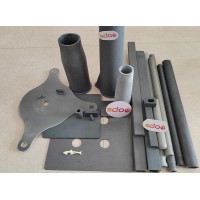
ReSiC Beams/plates/bur
$16.00 -
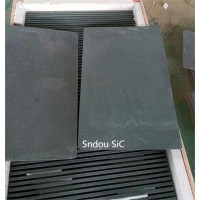
RSiC Slabs Boards Tile
$15.00 -
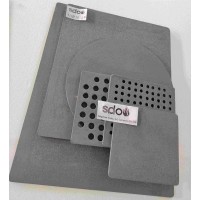
RSiC Batts as Kiln she
$15.00 -
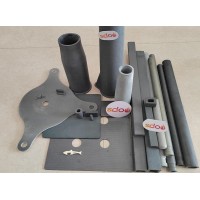
RSiC Tube by recrystal
$10.00 -

RSiC Kiln Furniture (B
$16.00 -
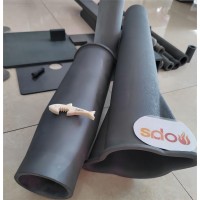
RSiC Burner Nozzle Fla
$18.00 -
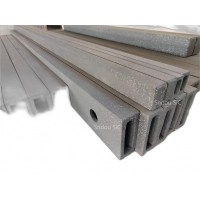
RSiC Beam Support Pill
$16.00 -
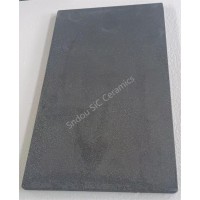
RSiC plate Slab Board
$15.00 -

NSiC Tube Pipes by Nit
Inquiry -

used excavator hudraul
$16600.00 -
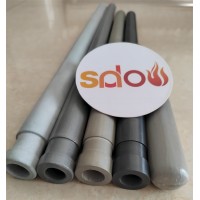
NSiC Thermocouple Prot
Inquiry -

Stalk Riser Tube for L
Inquiry -
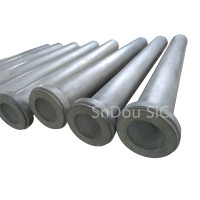
NSiC Ceramic Heater Pr
Inquiry -

RSiC NSiC Ceramic Kiln
Inquiry -

used excavator hudraul
$11500.00
Product parameters
closure
This shop is operated by agent
- Set up shop
- Authorized by Manufacturers & Suppliers online marketplace B2B platform GongWong.com, can provide agency service
- Service Introduction
- Authorized product, Internet cloud promotion service integrating certification promotion and procurement inquiry
- Intelligent website construction
- PC terminal + mobile terminal, create a cost-effective corporate website!
closure